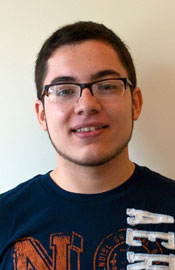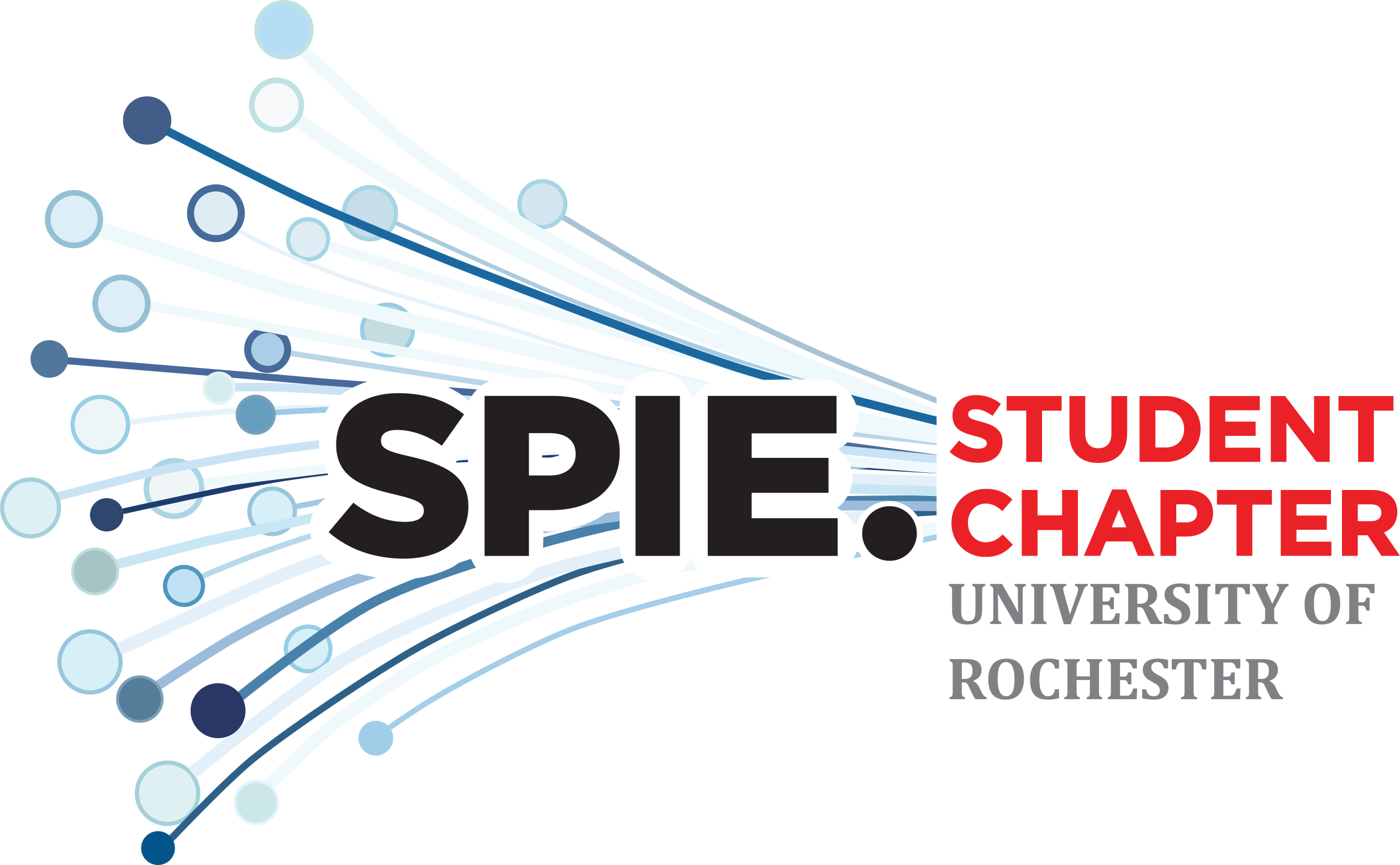 On Tuesday, July 29th the UR SPIE student chapter will be continuing its Summer Colloquium series. Please bring your lunch and come listen to our next presentation! Snacks and beverages will be provided.
On Tuesday, July 29th the UR SPIE student chapter will be continuing its Summer Colloquium series. Please bring your lunch and come listen to our next presentation! Snacks and beverages will be provided.
Who: Jose Perez Romero
What: Design and Characterization of L3 Photonic Crystal Nanocavities with Ultra-High Quality Factors
Date: 7/29/2014
Time: 11:30 am – 12:30 pm
Where: Sloan Auditorium (Goergen 101)
Abstract: Silicon-based photonic crystal nanocavities (PCNs) have potential applications in integrated quantum photonics [1, 2], because of their ability to strongly confine light in mode volumes approaching the diffraction limit and their CMOS-compatible fabrication process [3]. It was previously thought that PCN designs with a footprint small enough for ultra-dense integration, such as L3, H1 and H0 designs, could only achieve moderately high quality factors (Q), with both theoretical and experimental values never exceeding 300,000. Recently, an optimization procedure based on genetic algorithms has completely changed the scenario, showing a dramatic improvement of the Q-values in these PCNs [4]. A joint effort between our research group and a theory group at EPFL has resulted in the successful design and fabrication of a genetically improved L3 PCN with an ultra-high Q (~ 2 million), while maintaining a very small footprint and mode volume [5]. In this talk, I will describe the design process of these so-called super-L3 PCNs, as well as their characterization in the spectral domain using cross-polarization resonant scattering spectroscopy [6] and in the time domain using cavity ring down measurements [7].
References
[1] J. O’Brien, A. Furusawa, and J. Vučković, “Photonic quantum technologies,” Nature Photonics 3, 687-695 (2009).
[2] J. Vuckovic, “Quantum optics and cavity QED with quantum dots in photonic crystals,” arXiv:1402.2541 [quant-ph] (2014).
[3] M. Notomi, “Manipulating light with strongly modulated photonic crystals,” Reports on Progress in Physics 73, 096501 (2010).
[4] M. Minkov and V. Savona, “Automated optimization of photonic crystal slab cavities,” Scientific Reports 4 (2014).
[5] Y. Lai, S. Pirotta, G. Urbinati, D. Gerace, M. Minkov, V. Savona, A. Badolato, and M. Galli, “Genetically designed L3 photonic crystal nanocavities with quality factor exceeding one million,” to be published, Applied Physics Letters (June 16, 2014).
[6] M. Galli, S. L. Portalupi, M. Belotti, L. C. Andreani, L. O’Faolain, and T. F. Krauss, “Light scattering and Fano resonances in high-Q photonic crystal nanocavities,” Applied Physics Letters 94, 071101 (2009).
[7] T. Tanabe, M. Notomi, E. Kuramochi, A. Shinya, and H. Taniyama, “Trapping and delaying photons for one nanosecond in an ultrasmall high-Q photonic-crystal nanocavity,” Nature Photonics 1, 49-52 (2007).
